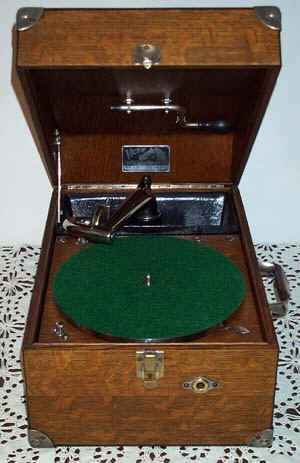bigshot
Headphoneus Supremus
Quote:
I think the difference is that he was talking mostly about acoustic recording... which favored the sound of the voice... and you are talking about electrical recordings, which had a much broader range of frequency response. Electrical recordings were introduced by Victor with the Orthophonic line in 1924.
See ya
Steve
| Originally Posted by calaf some instrumental music on old recordings sounds quite decent or even surprisingly good (as in why do engineers need all these mikes and channels today?). The obvious example is Pau Casals and his legendary Bach Cello Suites (1930s), but also Schnabel and the Pro Arte Quartet swinging in the Schubert "Trout" Quintet (1935) or the amazing 1932 Beethoven Violin Concerto from Joseph Szigeti (with Walter/BSO). In the end I suspect that (voice or instrument) when the music is good you quickly forget about the recording quality... |
I think the difference is that he was talking mostly about acoustic recording... which favored the sound of the voice... and you are talking about electrical recordings, which had a much broader range of frequency response. Electrical recordings were introduced by Victor with the Orthophonic line in 1924.
See ya
Steve










